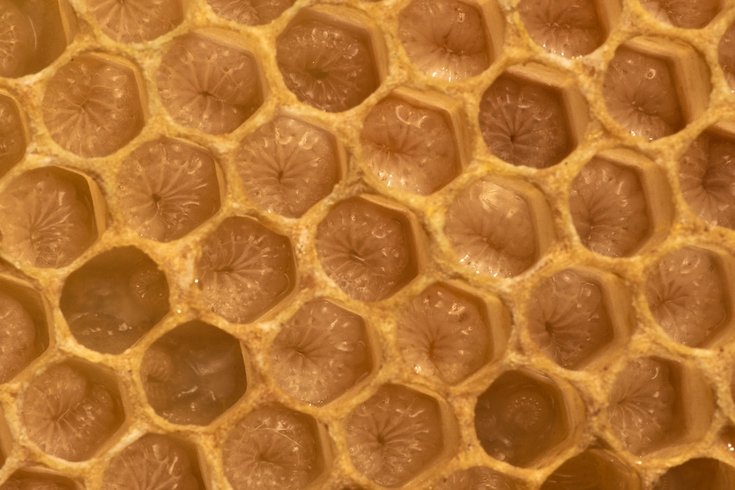
July 03, 2019
 Wolfgang Hasselmann/Unsplash
Wolfgang Hasselmann/Unsplash
This image is one that would likely trigger a trypophobic person.
Phobias can range from the completely understandable — like aerophobia, the fear of flying — to the less serious — erythophobia, the fear of blushing. But, ultimately, fears are fears and they’re not always rational.
Trypophobia, however, is one that you’ve likely never heard about.
While not listed in the Diagnostic and Statistical Manual of Mental Disorders, the phobia is understood to be a fairly widespread aversion to “clustered patterns of irregular holes or bumps,” according to Live Science.
RELATED READ: These tiny mites are mating on your face while you sleep
Natural sponges, honeycomb cells and bubbly pancake batter are all things that can trigger the effects of trypophobia. View a gallery of trypophobia-inducing photos here.
According to Healthline, symptoms one might experience after seeing a trigger — either in real life or on the internet — include goosebumps, feelings of repulsion, discomfort, visual discomfort, distress, crawling skin, panic attacks, sweating, nausea and body shakes.
That said, disgust is the main symptom experienced by trypophobic individuals — which are primarily women, according to Live Science. This symptom is interesting because fear is typically the main reaction in most phobias, which impact a person’s functionality — likely part of the reason trypophobia why experts cannot agree on its diagnosis.
Reportedly, people who have major depressive disorder, generalized anxiety disorder or social anxiety may be at a greater risk of experiencing trypophobia, Healthline adds.
People who do not identify as trypophobic still may experience an aversion to the photos that induce the phobia, IFL Science reports. This is likely due to the fact that these images, which are mathematical in nature, aren’t processed efficiently by our brains and literally require more brain power to look at.
The most effective treatment for trypophobia is exposure therapy or cognitive behavioral therapy, Healthline reported. But physical activity, rest, a healthy diet and deep breathing may be prescribed to combat symptoms.